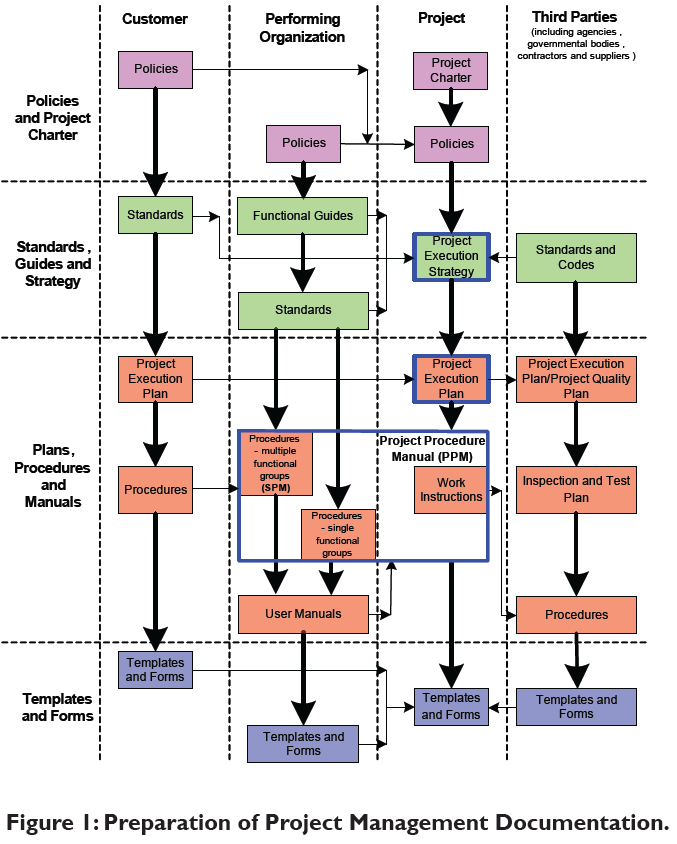Optimizing Project Cooperation: Designer's Best Practices in Building And Construction Record Monitoring
In the complex world of architectural jobs, the effective administration of construction records stands as a keystone for success. Architects, with their careful attention to information and innovative style options, are charged with coordinating a symphony of timelines, sources, and stakeholders. In the middle of this intricacy lies an important concern: just how can engineers simplify cooperation procedures to enhance job end results? By exploring essential approaches such as leveraging cloud-based systems, developing robust communication procedures, and making certain information safety, engineers can boost their file monitoring techniques to brand-new elevations.
Leveraging Cloud-Based Platforms
By transitioning from traditional paper-based systems to shadow options, architects can simplify partnership, improve paper ease of access, and boost general project performance. This ease of access advertises seamless interaction and sychronisation amongst job stakeholders, leading to less mistakes and delays in the building and construction process.
In addition, cloud-based platforms give a protected setting for storing delicate project info, offering file encryption, normal backups, and customer permission setups to protect data honesty. Architects can likewise benefit from the scalability of cloud services, permitting them to adjust storage capability and capability based on task demands. Generally, leveraging cloud-based systems empowers designers to maximize their building and construction file monitoring procedures, driving greater partnership, effectiveness, and success in their tasks.
Executing Version Control Solution
Having established the advantages of cloud-based systems in construction record management, engineers can currently improve their paper control procedures by implementing Version Control Solution. Variation Control Systems (VCS) are important tools that track modifications in papers, making certain that employee are always dealing with the latest and most precise details. By executing VCS, engineers can preserve a central repository where all task documents are stored, enabling smooth collaboration while reducing the threat of errors and variation conflicts.
This feature is particularly beneficial in building tasks where style versions and modifications are common. This openness not just enhances liability yet also helps in solving disagreements or discrepancies that may arise throughout the job lifecycle.
Developing Communication Protocols
To guarantee effective and efficient task control, architects should develop clear and durable interaction protocols within their construction file management processes. This platform might be a job administration software, e-mail strings, or cloud-based storage space solutions.
Furthermore, communication procedures need to likewise include guidelines on exactly how to deal with conflicts, modification orders, and immediate problems that may occur throughout the job lifecycle. Establishing a structured approach to communication makes sure that all stakeholders are on the very same web page, promotes openness, and ultimately adds to the successful completion of the construction task.
Using BIM Software Program for Sychronisation
BIM software program plays a critical function in improving control among job staff member in the building and construction sector. Structure Info Modeling (BIM) facilitates more cooperation by offering a centralized platform where architects, designers, specialists, and other stakeholders can function together in a coordinated way. Via BIM software, project individuals can access and upgrade a shared model which contains detailed info about the structure style, building and construction elements, and task timetables.

Additionally, BIM software allows real-time partnership and communication among group members, no matter their physical location. Via cloud-based BIM systems, task stakeholders can access the current job info, track adjustments, and make notified decisions without delay. Generally, leveraging BIM software program for sychronisation boosts task efficiency, productivity, and ultimately leads to effective job outcomes.
Ensuring Information Safety and Conformity
In the world of building file administration, guarding information honesty and ensuring regulative compliance are extremely important factors to consider for engineers and other project stakeholders. Architects need to carry out robust security procedures to secure delicate task see this site info from unapproved accessibility or breaches. Utilizing protected cloud storage services with security protocols and accessibility controls can help mitigate risks related to information theft or loss. Frequently upgrading software application and systems, performing protection audits, and supplying personnel training on information protection finest practices are crucial actions in maintaining a secure setting for building and construction paper management.

Final Thought
To conclude, architects can optimize project partnership in building and construction document administration by leveraging cloud-based systems, implementing variation control systems, establishing interaction methods, using BIM software program for sychronisation, and ensuring information security and compliance. These best methods assist improve the building and construction process, improve communication among task stakeholders, and enhance efficiency in project delivery. By adhering to these guidelines, architects can effectively manage building and construction records and help with effective task outcomes.
Via BIM software, link task participants can access and upgrade a shared model that contains detailed information concerning the building design, construction elements, and job timetables.
With cloud-based BIM platforms, job stakeholders can access the newest project info, track adjustments, and make educated decisions quickly - construction document management. On the whole, leveraging BIM software for control boosts job effectiveness, productivity, and eventually leads to successful job outcomes
In conclusion, designers can enhance project partnership in building file management by leveraging cloud-based systems, carrying out version control systems, developing interaction procedures, using BIM software program for sychronisation, and ensuring data security and conformity. These finest techniques help streamline the construction process, enhance communication among task stakeholders, and improve effectiveness in task distribution.